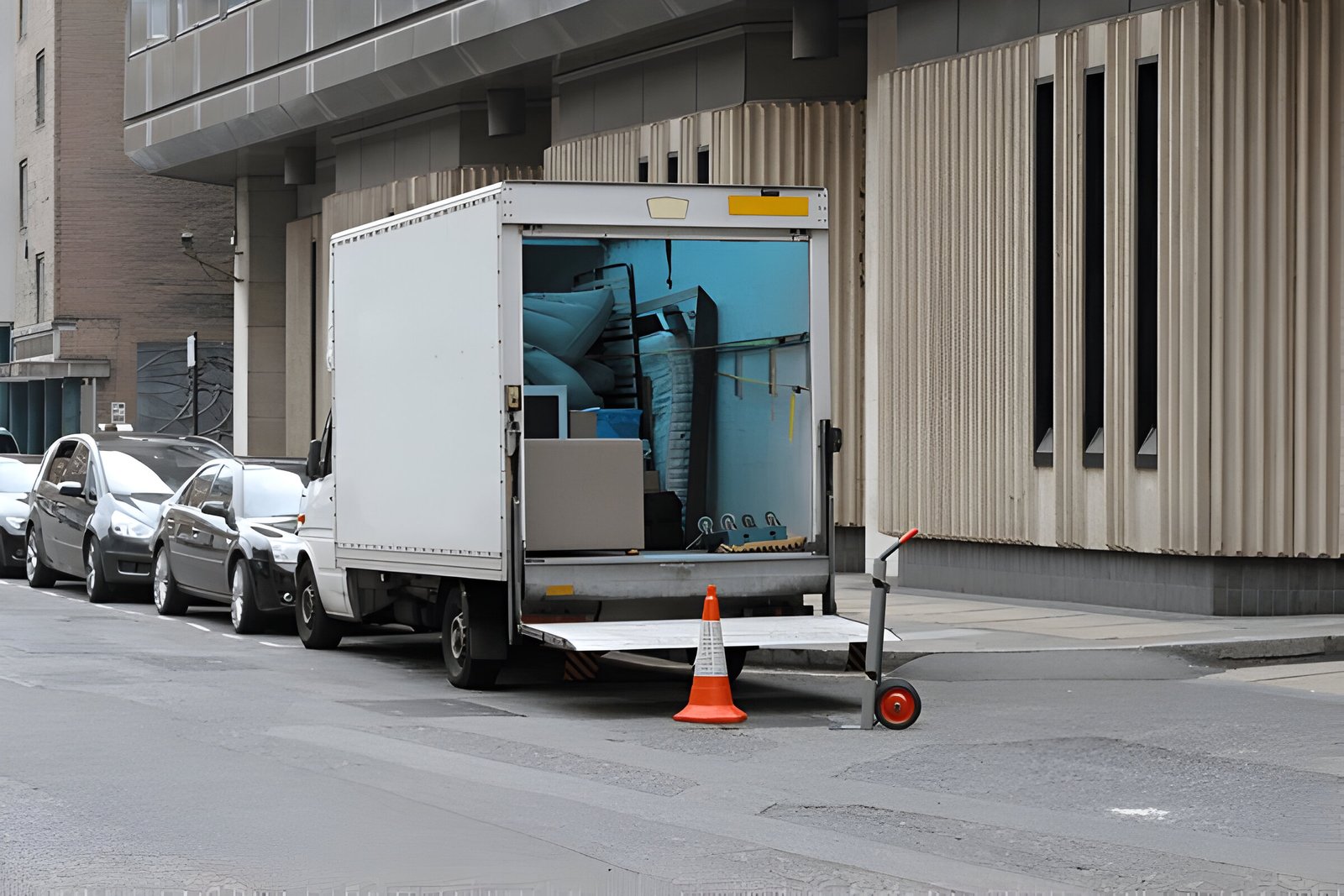Moving can be a stressful experience, but finding the right moving van hire can make all the difference. Whether relocating across town or embarking on a long-distance journey, securing affordable and reliable transportation for belongings has an impact on the overall moving process. From budget truck rentals to self-storage options, the market offers a variety of solutions to fit different needs and budgets.
This guide aims to provide a comprehensive overview of moving van hire options, helping readers navigate the process with ease. It will explore strategies to find cost-effective rental trucks near you, offer tips to enhance the moving experience, and discuss important factors such as rates, reservations, and vehicle features like air conditioning and cruise control. By the end, readers will be equipped with the knowledge to make informed decisions and ensure a smooth transition to their new home.
Understanding Moving Van Options
Types of Moving Vans
Moving van options range from compact pickup trucks to large box trucks. Pickup trucks are suitable for short, local moves involving a few large items. Cargo vans, despite their compact appearance, can accommodate the contents of a studio or small one-bedroom apartment. For larger moves, box trucks are the go-to choice, available in sizes from 10 to 26 feet.
Size Considerations
Selecting the right size moving van has an impact on the overall moving experience. A 15-foot truck often serves as a versatile option for many moves. For studio or one- to two-bedroom apartments, 10- to 18-foot trucks are typically sufficient. When choosing a size, it’s advisable to opt for a truck with at least 10% more space than initially estimated to ensure all belongings fit comfortably.
Features to Look For
When renting a moving van, consider features like fuel efficiency, which can range from 8-14 MPG for larger trucks. Some vans come equipped with air conditioning and cruise control for added comfort during long-distance moves. Additionally, check if the rental company offers moving supplies such as dollies, moving pads, and bungee cords, as these are often not included in the base rental price but can significantly ease the moving process.
How to Find Affordable Moving Van Rentals
Comparing Rental Companies
Penske Truck Rental stands out as a top choice for affordable moving van rentals. It offers competitive prices, especially for long-distance moves and larger trucks. Other options include U-Haul and Budget Truck Rental. To find the best deal, it’s crucial to compare quotes from multiple providers. Penske’s average price for moves over 100 miles is about $1,944, while U-Haul’s is $1,945. For moves between 1,000 and 2,000 miles, Penske averages $2,471 compared to U-Haul’s $2,684.
Booking Strategies for Best Rates
To secure the best rates, book your moving truck well in advance. According to Sparefoot, a self-storage booking site, moving truck rentals are cheapest on Tuesdays in winter, ideally mid-month. Many companies offer discounts for students, military personnel, and AAA members. Penske, for example, provides AAA discounts of 12% or more, military discounts of 10%, and college student discounts of 10% off truck rentals.
Hidden Costs to Watch Out For
When renting a moving van, be aware of potential hidden costs. These may include per-mile fees, which can range from 20 to 99 cents per mile, and charges for additional equipment like dollies or furniture pads. Insurance costs, fuel expenses, and fees for going over contractual mileage or rental duration should also be considered. To avoid surprises, carefully review the rental agreement and ask about all potential fees before booking.
Tips for a Smooth Moving Van Experience
Loading and Unloading Techniques
To maximize space and ensure safety, load the truck from floor to ceiling with base items like dressers and desks. Stack boxes carefully, placing heavier ones at the bottom. Position upholstered furniture upright against walls. Use moving pads for protection and secure items with straps. Fill gaps with loose items and boxes to prevent shifting during transit.
Driving a Moving Van Safely
Driving a moving van requires extra caution. Adhere to speed limits and maintain a safe distance from other vehicles. Brake earlier than usual and make wider turns. Be mindful of the truck’s clearance level and avoid passing on hills or narrow roads. Use mirrors frequently, especially when reversing. Plan your route in advance, considering potential stops for food and gas.
Return Policies and Procedures
When returning the van, remove all personal items and trash. Refuel as agreed and park in the designated area. For after-hours returns, use the key drop box. During business hours, return keys to the office. Be prepared with proper identification and payment forms. Review the contract carefully to avoid additional fees for late returns or inadequate refueling.
Conclusion
Moving van hire plays a crucial role in making the relocation process smoother and more manageable. This guide has explored various aspects of renting a moving van, from understanding different types and sizes to finding affordable options and ensuring a safe moving experience. By comparing rental companies, being aware of hidden costs, and using smart booking strategies, you can save money and reduce stress during your move.
To wrap up, the key to a successful move lies in careful planning and informed decision-making. By following the tips provided for loading, driving, and returning the van, you can ensure a hassle-free experience. Remember, choosing the right moving van is not just about size and cost; it’s about finding a solution that fits your specific needs and makes your transition to a new home as smooth as possible.
FAQs
1. Which truck rental company offers the lowest prices?
Budget Truck Rental generally offers the most affordable rates for moving trucks, as they provide all-inclusive pricing. In our comparison, Budget Truck Rental consistently had the lowest quotes. U-Haul also offers competitive prices and has a wider range of truck sizes available.
2. When is it most economical to rent a moving truck?
Moving truck rental rates are typically higher during the summer due to increased demand. For those looking to save money, consider moving during the off-peak seasons, such as fall or winter, when rental companies may offer discounts and more favorable rates.
3. What are the capacity differences between the 12-foot and 16-foot Budget trucks?
The 12-foot Budget truck is suitable for moving the contents of 1-2 rooms or a studio apartment. In contrast, the 16-foot truck can accommodate the belongings of a 1-bedroom house or roughly 3-4 rooms. For larger moves, such as from a 2- or 3-bedroom house, the 26-foot truck is ideal, as it can handle 5-8 rooms.
4. What is the fuel efficiency of a 16-foot Budget truck?
The 16-foot Budget truck typically achieves a fuel efficiency rate measured in miles per gallon, which can vary depending on the model and driving conditions.











